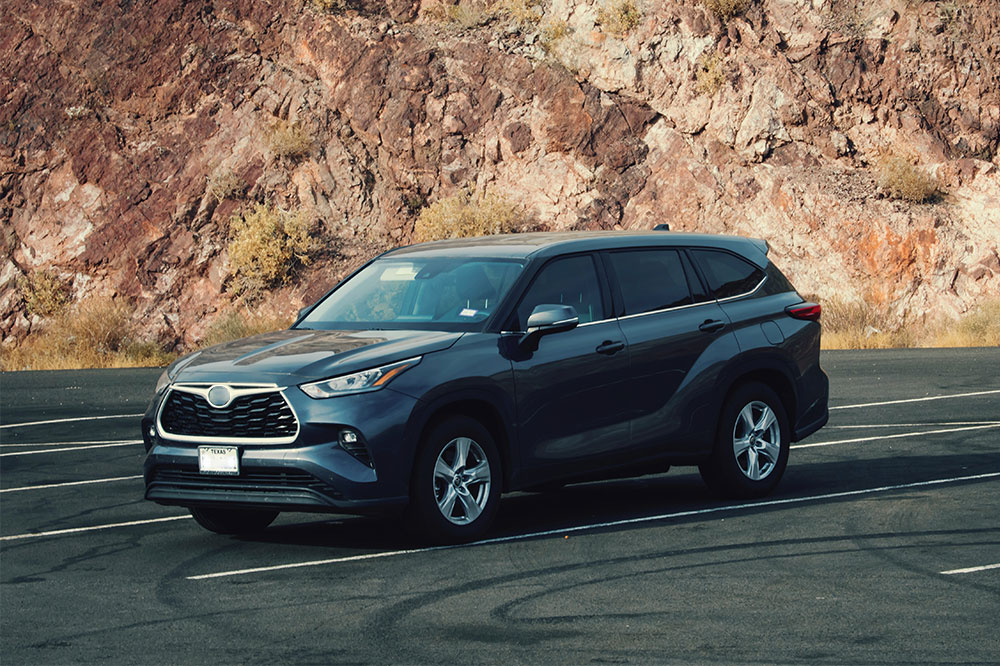Comprehensive Guide to the Benefits of Choosing an All-Wheel Drive Vehicle
This comprehensive guide explores the numerous benefits of choosing an all-wheel drive vehicle, including enhanced traction, safety, and versatility. It discusses the advantages and disadvantages, helping consumers make well-informed decisions based on their regional climate and driving habits. Key insights include the impact on fuel efficiency, resale value, and maintenance costs, making it an essential resource for prospective AWD buyers seeking a reliable, capable vehicle suitable for harsh weather conditions and rough terrains.

Comprehensive Guide to the Benefits of Choosing an All-Wheel Drive Vehicle
Understanding the fundamentals of vehicle drivetrain systems is essential for any prospective car buyer. Among these systems, the All-Wheel Drive (AWD) configuration has become increasingly popular due to its ability to improve traction and handling across various terrains. However, it’s important to recognize that AWD is not universally suitable for every driver or every situation. This detailed guide explores the advantages and disadvantages of all-wheel drive vehicles, helping consumers make informed decisions suited to their lifestyle and regional climate conditions.
All-Wheel Drive (AWD) systems work by providing power to all four wheels of the vehicle simultaneously, ensuring enhanced grip and stability. Unlike four-wheel drive (4WD) systems, which can usually be manually engaged or disengaged based on terrain, AWD operates on a continuous basis, automatically distributing torque to the wheels that need it most. This seamless operation allows drivers to navigate challenging roads with greater confidence, especially in adverse weather conditions such as snow, ice, or muddy terrains.
The concept of AWD is not new; its origins trace back to the late 1930s when General Motors introduced early versions of the technology. Over the decades, AWD has undergone significant advancements, incorporating sophisticated electronic traction control systems, stability management algorithms, and intelligent vehicle design features. These innovations have transformed AWD from a niche feature into a standard offering across many modern SUV, crossover, and even some passenger car segments.
When considering an AWD vehicle, it’s crucial to weigh the specific benefits against potential drawbacks.
Enhanced Traction and Safety
One of the most significant advantages of AWD is its ability to provide superior grip on uneven, slippery, or challenging surfaces. This trait makes AWD vehicles highly suitable for regions with heavy winter snowfall, icy conditions, or frequent rainy weather. The continuous power distribution helps prevent wheel slippage, offering drivers a greater sense of control and security during harsh weather events, such as snowstorms, slush-covered roads, or steep inclines. This increased traction not only improves safety but also enhances driving confidence, especially for those commuting in weather-prone areas.
Limitations of Traction Benefits
While AWD improves handling on slippery and uneven terrain, it is not an absolute safeguard against accidents. Proper winter tires and appropriate suspension systems are still critical components for safe winter driving. Relying solely on AWD without suitable tires may lead to subpar performance in severe conditions. Additionally, drivers should understand that AWD does not replace cautious driving or proper vehicle maintenance.
Design Features and Interior Space
Vehicles equipped with AWD typically feature spacious and versatile interiors. Most AWD SUVs and crossovers are designed to comfortably seat at least 5 to 6 passengers, with some higher-end models accommodating up to 8 passengers, making them ideal for family trips, outdoor adventures, or transporting groups. These vehicles are engineered with rugged terrains in mind, often including additional electronic stability controls, hill descent control, and enhanced suspension systems to optimize handling on challenging surfaces. The robust construction not only ensures durability but also provides ample cargo space for gear, groceries, or luggage.
Fuel Efficiency and Cost Considerations
One notable drawback of AWD vehicles is their higher fuel consumption. Due to the additional weight and the complexity of their drivetrains, AWD models tend to consume more fuel compared to traditional two-wheel-drive vehicles. For daily commuters or those mindful of fuel costs, this increased expenditure can be a significant factor. Additionally, the initial purchase price of AWD vehicles is generally higher, with premiums ranging from approximately $1500 to $3000 depending on the make, model, and technological features. These extra costs are often attributable to the sophisticated electronic systems, transfer cases, and reinforced drivetrains required for AWD functionality.
Resale Value and Maintenance Costs
Another advantage worth noting is that AWD vehicles tend to retain higher resale value, especially in regions with long or harsh winters. The demand for vehicles capable of handling tough weather conditions means that AWD models are often easier to sell and command better prices in secondary markets. However, the trade-off is that maintenance and repair costs are typically elevated. The complex mechanical and electronic systems demand specialized servicing, which can be more expensive than maintaining two-wheel-drive counterparts.
Is AWD Suitable for Your Needs?
The decision to select an AWD vehicle hinges on your specific driving environment and personal preferences. For residents in areas experiencing harsh winters, frequent snowstorms, or rugged outdoor terrains, investing in an AWD vehicle is often a prudent choice due to the safety and handling benefits. Conversely, if your driving primarily occurs in milder climates with well-maintained roads, the additional costs associated with AWD—fuel consumption, purchase price, maintenance—may outweigh its advantages.
In conclusion, all-wheel drive vehicles excel in providing enhanced road grip, safety, and versatility. However, prospective buyers should evaluate their regional climate, driving habits, and budget before making a purchase. When chosen appropriately, AWD can significantly improve your driving experience, especially in challenging environments, but it is essential to balance these benefits against the inherent costs and limitations.





